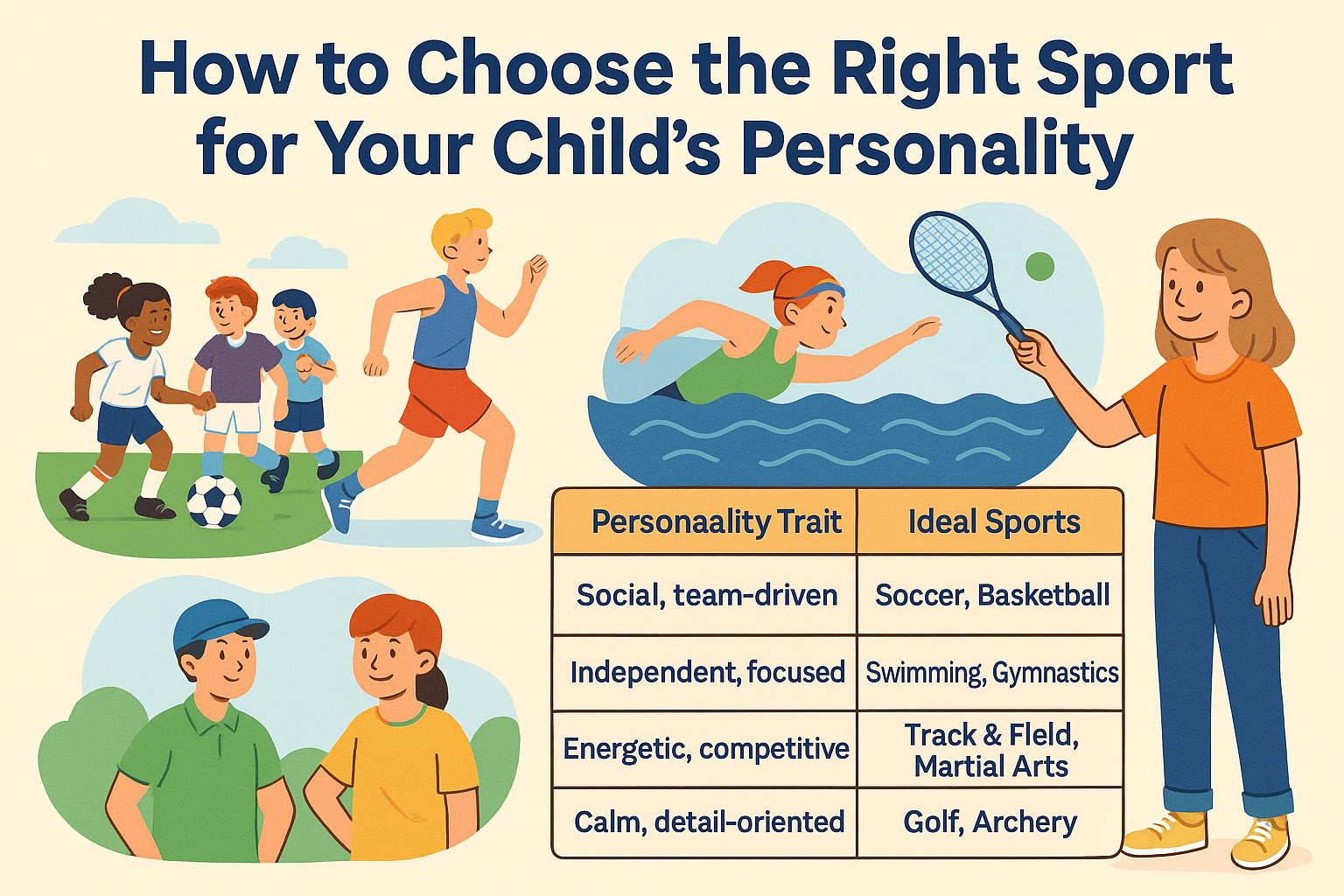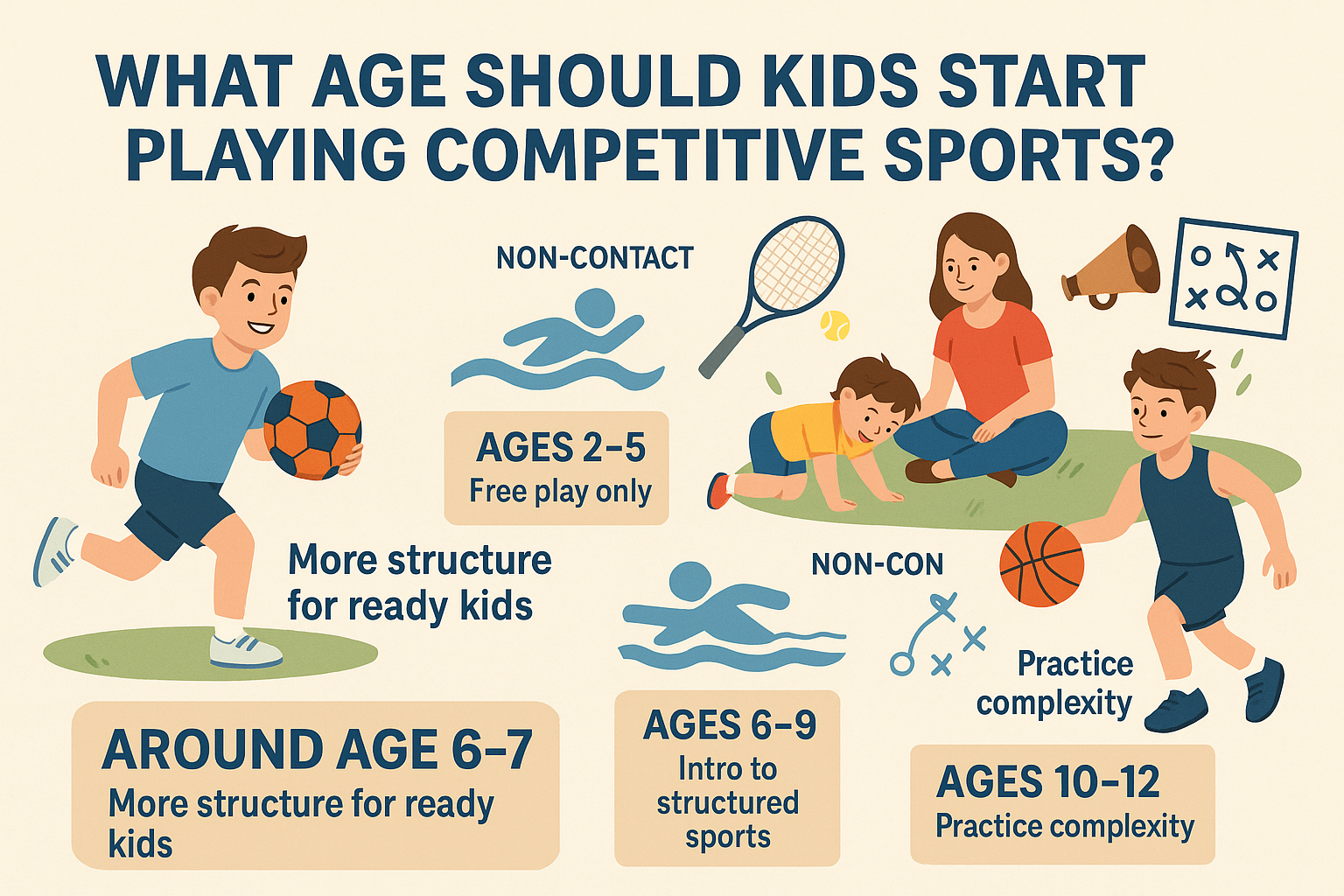Artificial Intelligence in Education: A Double-Edged Sword
Artificial intelligence is changing education fast. Over 60% of schools now use AI tools. AI is making learning more personal and efficient, but it also brings big challenges.
We’ll look at how AI is making learning better and the concerns it raises. This includes privacy, fairness, and the role of teachers in AI classrooms.
Key Benefits of Artificial Intelligence in Education
AI is making learning personal for students
AI is changing education in big ways. It offers many benefits for students and teachers. Let’s see what these are:
Personalized Learning Experiences
AI makes learning fit each student’s needs. Tools like DreamBox and Knewton adjust to how each student learns. They help students learn better and feel more confident.
These systems change how hard things are, give special help, and offer feedback. This makes learning more fun and effective.
Automated Administrative Tasks
Teachers used to spend a lot of time on paperwork. AI helps with this. It can grade papers and plan lessons, so teachers can focus on teaching.
AI can even help with making lesson plans. This saves teachers a lot of time. They can then spend more time with students.
Enhanced Accessibility and Inclusion
AI helps students with different needs. It offers tools like real-time transcription and language translation. This makes learning more accessible for everyone.
AI helps create a fair learning environment. It ensures all students have a chance to succeed, no matter their challenges.
“The real power of artificial intelligence for education is in the way that we can use it to process vast amounts of data about learners, about teachers, about teaching and learning interactions.”
– Rose Luckin, Professor at University College London
Data-Driven Insights
AI is great at finding patterns in data. In schools, it helps understand how students learn and how well teachers teach. This information helps teachers improve their teaching.
Teachers can use AI to see who needs extra help and adjust their teaching. This makes learning better for everyone.
Challenges and Concerns of AI in Education
AI is changing education, but it also raises big challenges. It’s important to understand these to use AI wisely in schools.
Benefits of AI in Education
- Personalized learning experiences
- Automated administrative tasks
- Enhanced accessibility and inclusion
- Data-driven insights for educators
- Engaging interactive content
- 24/7 learning support through AI tutors
- Preparation for future AI-integrated workforce
Challenges of AI in Education
- Data privacy and security concerns
- Equity and access disparities
- Implementation costs and technical requirements
- Teacher training and adaptation needs
- Potential for academic dishonesty
- Reduced human interaction
- Algorithmic bias and fairness issues
Data Privacy and Security
AI systems in education collect a lot of student data. This data includes sensitive info like learning patterns and academic performance. It’s important to keep this data safe from unauthorized access.
Schools need strong data protection policies. They must follow laws like FERPA and tell students and parents how data is used. Finding a balance between using data for learning and protecting privacy is a big challenge.
Equity and Access
AI in education can widen the digital divide if not done carefully. Schools in poor areas might not have the tech needed for AI tools.
Also, AI systems are often made with data that doesn’t include all students. This can lead to unfair outcomes for some groups. It’s important to make sure AI helps all students equally.
Implementation Costs and Technical Requirements
Using AI in schools costs a lot. Schools need money for tech, software, and training. Many schools can’t afford this, which is a big problem.
There are also technical challenges like setting up systems and keeping the internet working. These issues make it hard to use AI in schools.
Key Concern: A survey by Forbes Advisor found that teachers are worried about AI cheating. They think students might use AI to do homework without learning.
Academic Integrity and Cheating
AI tools like ChatGPT are making cheating easier. Students can use them to write essays and solve math problems. This means they might not learn the skills they’re supposed to.
Teachers need to find new ways to check if students are cheating. They should make assignments that require thinking and creativity. This way, students learn to use AI responsibly.
Practical Applications of AI in Educational Settings
AI is changing classrooms worldwide. It’s used in schools of all levels to improve teaching and learning. Here are some of the best ways AI is being used:
Intelligent Tutoring Systems
AI tutoring systems offer personalized help to students. They can find where students need help and adjust the lessons. This makes learning more effective.
Systems like Carnegie Learning’s MATHia and Duolingo’s language learning platform use advanced algorithms. They track student progress and adjust the lessons to fit their needs. These systems are great for subjects with clear answers, like math and languages.
Automated Assessment and Feedback
AI can grade student work and give feedback right away. This helps students learn faster and correct mistakes quickly. These systems can handle everything from simple quizzes to detailed essay feedback.
Tools like Turnitin check for plagiarism and give feedback on writing. This helps students learn faster and reduces teachers’ work. It also teaches students to assess their own work.
Content Creation and Curation
Educators are using AI to make educational materials fit their curriculum and student needs. AI tools can make practice questions, customized worksheets, and lesson plans. They do this based on learning goals and student data.
These tools save teachers time and make sure materials meet standards. They also help teachers find great resources they might miss. This makes teaching more efficient and effective.
Elementary Education Applications
- Interactive storytelling with adaptive difficulty
- Gamified math and reading practice
- Early intervention for learning difficulties
- Visual and auditory learning aids
- Behavior and engagement monitoring
Secondary Education Applications
- Subject-specific tutoring systems
- Writing feedback and improvement tools
- Career guidance based on skills and interests
- Project-based learning support
- Study habit optimization
Administrative Efficiency
AI is also making administrative tasks easier in schools. It can schedule, allocate resources, predict enrollment, and find students at risk of dropping out.
This frees up time and resources for improving education. It also gives insights for better decision-making in program development and resource use.
Best Practices for Implementing AI in Educational Settings
Integrating AI into education needs careful planning and ongoing evaluation. Here are key strategies for effective implementation:
Start with Clear Educational Objectives
Before using AI, identify specific learning goals and challenges. Technology should improve teaching and learning, not just for its own sake. This ensures AI tools are used effectively.
Ask questions like: What learning outcomes do we want to improve? Which tasks take too much time? How can AI help with equity gaps? These questions help focus AI efforts.
Provide Complete Training and Support
Educators need training to use AI tools well. Professional development should cover both technical and educational aspects. This ensures teachers can use AI to its full benefit.
Support is key as teachers face new challenges. Building a community where educators share experiences helps build confidence and competence with AI.
Address Ethical Considerations Proactively
Develop clear policies on data privacy, security, and AI use before starting. Ensure compliance with regulations and be open about data use.
Teach students about AI ethics. This prepares them to be informed digital citizens in an AI-driven world.
Implementation Tip: Have a diverse AI implementation committee. Include teachers, administrators, IT specialists, students, and parents. This ensures a wide range of perspectives and builds support for AI initiatives.
Evaluate Impact and Iterate
Set up metrics to check if AI is meeting your educational goals. Use both numbers and feedback from teachers and students to understand its impact.
Use this data to improve your AI strategy. View implementation as an ongoing process, always looking to get better based on experience.
The Future of Artificial Intelligence in Education
AI’s role in education will grow as it evolves. Looking ahead, several trends will shape AI’s future in schools:
Immersive and Experiential Learning
AI will make learning more immersive than ever before. Students can explore historical sites and conduct science experiments virtually. They can even practice medical procedures in realistic simulations.
These technologies make learning more concrete and fun. Students will understand complex ideas better through hands-on experiences. The mix of AI and immersive tech will change how we learn.
AI Teaching Assistants and Companions
Advanced AI systems will act as personal teaching assistants. They’ll be available 24/7 to help with questions and offer support. These AI friends will get to know each student’s learning style and what motivates them.
While AI will help, human teachers are key. AI assistants will support teachers by helping students individually. This partnership will make learning more supportive and responsive.
Lifelong Learning Support
As jobs change fast, learning for life will become more important. AI will help by finding skill gaps and suggesting learning paths. It will connect formal education with personal and work-based learning.
AI will help create learning journeys that fit changing career needs. It will adapt to individual interests throughout life.
Important Consideration: As AI enters education, keeping human connections is vital. Technology should enhance, not replace, the bond between teachers and students.
Predictive Analytics for Educational Planning
AI will analyze big data to predict educational trends and student needs. This will help schools and policymakers make better choices. They can plan curricula and allocate resources more effectively.
AI will also help identify students at risk early. This could lower dropout rates and improve learning outcomes for all.
Embracing the AI in Education
AI in education offers great opportunities and big challenges. When used wisely, AI can make learning more personal and effective. But, we must focus on equity, privacy, and the human side of teaching.
A balanced approach is needed. AI should enhance human teaching, not replace it. The best education combines AI’s analysis with human creativity and ethics.
It’s time for educators, admins, and policymakers to engage with AI. By understanding its possibilities and challenges, we can create an AI-enhanced future for all learners.
Ready to Implement AI in Your Educational Setting?
Get our free guide “Implementing AI in Education: A Practical Roadmap”. It offers strategies, case studies, and checklists for educators and admins.
Frequently Asked Questions About AI in Education
Is AI replacing teachers in the classroom?
No, AI is not replacing teachers. It’s a tool that helps teachers by automating tasks and providing insights. The human touch in teaching—like empathy and creativity—remains essential. The best education combines AI’s analysis with human teaching.
How can schools address concerns about student data privacy with AI?
Schools can address privacy concerns by setting clear data policies and following regulations. They should vet AI vendors, get consent, and anonymize data. Regular audits and training on data protection are also key.
What are the costs associated with implementing AI in educational settings?
Using artificial intelligence in schools costs money for several things. This includes hardware like devices and servers, software, and training for teachers. Schools also need to pay for technical support and maintenance. The cost can change a lot based on how big the project is and what technology is used.
It’s smart for schools to look at the costs and benefits first. They might start with a small test before doing it for everyone. This helps manage the money better.
Additional Resources on Artificial Intelligence in Education
For Educators
- AI Literacy Curriculum Guides
- Classroom Implementation Strategies
- Professional Development Courses
- Ethical AI Use Frameworks
- Teacher Communities and Forums
For Administrators
- AI Implementation Playbooks
- Data Privacy Guidelines
- Budget Planning Templates
- Staff Training Materials
- Policy Development Frameworks
For Policymakers
- Research Reports and White Papers
- Regulatory Considerations
- Equity Impact Assessments
- International Case Studies
- Long-term Planning Guides
Stay Updated on AI in Education
Subscribe to our newsletter for the latest on AI in schools. You’ll get research, case studies, and best practices.
Email Address
Your Role in Education
Select your role
Teacher
Administrator
Policymaker
Researcher
Student
Other
Subscribe
We respect your privacy. Unsubscribe at any time.














